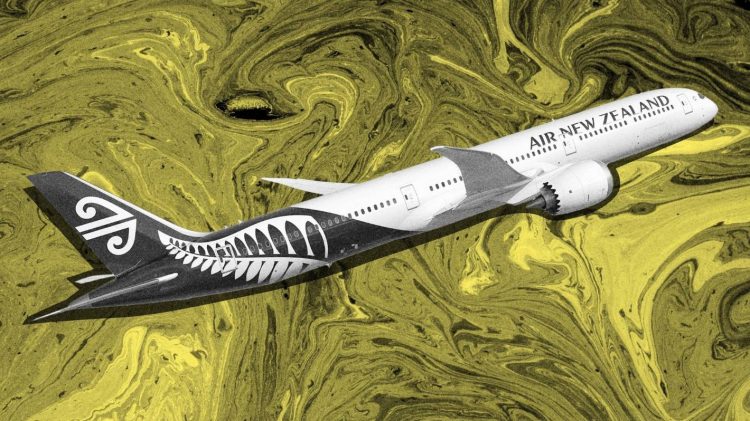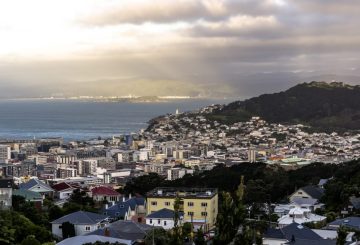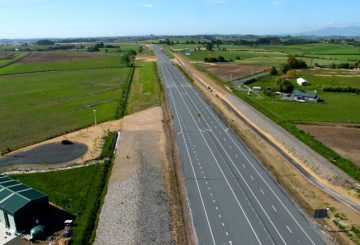Trong tin tức cổ phiếu hôm thứ Năm, Air New Zealand đã nâng cấp dự báo lợi nhuận của mình và Sân bay Quốc tế Auckland đánh dấu mức phí hàng không cao hơn.
Michael Wood, MP của Mt Roskill và một Bộ trưởng Nội các, cho biết ông đã bán cổ phiếu Sân bay Auckland của ông đã là một nguồn gây tranh cãi và dẫn đến việc ông bị từ chối làm bộ trưởng giao thông vận tải. Wood sở hữu chỉ hơn 1500 cổ phiếu (trị giá ước tính 13.000 USD) trong công ty sân bay mà anh đã mua khi còn là một thiếu niên.
Việc bán cổ phần Sân bay Auckland cũng là trung tâm của sự chú ý trong chính trị chính quyền địa phương khi Hội đồng Auckland họp để bỏ phiếu về ngân sách hàng năm, trong đó có một đề nghị từ Thị trưởng Wayne Brown bán cổ phần của hội đồng tại sân bay để trả nợ.
Sân bay quốc tế Auckland giảm 0,06% xuống còn 8,58 USD sau khi hãng thông báo tăng phí hàng không được trả bởi các hãng hàng không trong năm năm tiếp theo, có hiệu lực từ ngày 1 tháng 7.
Air New Zealand đã tăng 1.3% lên 78 cent sau khi tăng dự báo lợi nhuận hàng năm lần thứ hai chỉ trong vài tháng.
Hãng hàng không quốc gia này cho biết dự kiến lợi nhuận trước thuế và các mặt hàng một lần ít nhất là 580 triệu USD trong năm đến cuối tháng Sáu vì được hưởng lợi từ nhu cầu đi lại mạnh và giá nhiên liệu máy bay phản lực yếu đi.
Hôm thứ Tư, Infratil cho biết họ đã đồng ý mua nửa cổ phần còn lại trong telco One New Zealand từ đối tác Brookfield Asset Management với giá 1,8 tỷ USD.
Các cổ phiếu mới dự kiến sẽ bắt đầu giao dịch vào ngày 14 tháng 6.
Công ty có kế hoạch chào bán 100 triệu USD cổ phiếu cho các nhà đầu tư bán lẻ vào ngày 13 tháng 6.
Credit: stuff.co. nz






























































